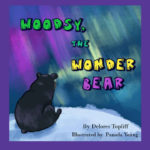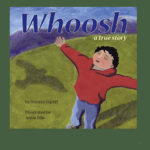 My post on using the Oxford Comma (or not) made me examine other punctuation. From speech class, I know that commas are visual directions to take a breath when speaking but also clarify written material when reading silently.
My post on using the Oxford Comma (or not) made me examine other punctuation. From speech class, I know that commas are visual directions to take a breath when speaking but also clarify written material when reading silently.
Written language didn’t always have punctuation. Its lines and dots are visual signs to indicate when speakers should take a breath, how and when to separate items in a series, when voices should rise to ask a question, and when things should be nearly shouted for emphasis.
Early civilizations invented pictograms and later alphabets for record- keeping and conveying ideas. Then users realized that some visual additions could make reading material more user friendly. Apparently commas came first. In the 3rd century BC, Aristophanes of Byzantium invented a system of single dots that separated verses to indicate the amount of breath needed to complete each fragment of text when reading aloud. The different lengths were signified by a dot at the bottom, middle, or top of each line.
The question mark originated from the Latin word qvaestio, meaning question. This word was abbreviated in the Middle Ages by scholars as just qo. Eventually, a capital “Q” was written over the “o”, and it formed one letter.
The exclamation point was also formed by stacking letters. The mark comes from the Latin word io, meaning “exclamation of joy.” Written vertically, with the i above the o, it forms the exclamation point we use today.
Period usage came with the printing press and was the name for what printers called the “full point” dot on the baseline when sentences ended.
In fact, no punctuation usage was standardized until after printing’s invention. In the 1885 book, The American Printer, the importance of punctuation was noted in these various sayings by children:
Charles the First walked and talked
Half an hour after his head was cut off.
Adding a semi-colon and a comma makes it read:
Charles the First walked and talked;
Half an hour after, his head was cut off.
Or try: What’s that in the road ahead?
Versus, What’s that in the road, a head?
There are plenty of more examples, but this is long enough. Please share your fun entries and if there’s continuing interest, we’ll discuss more later.






Leave a Reply